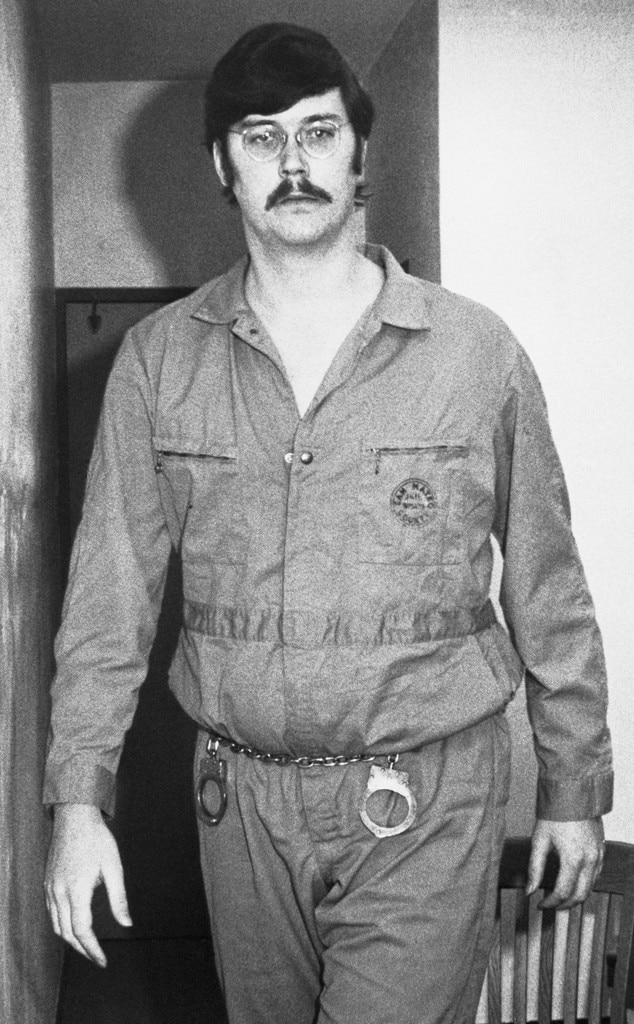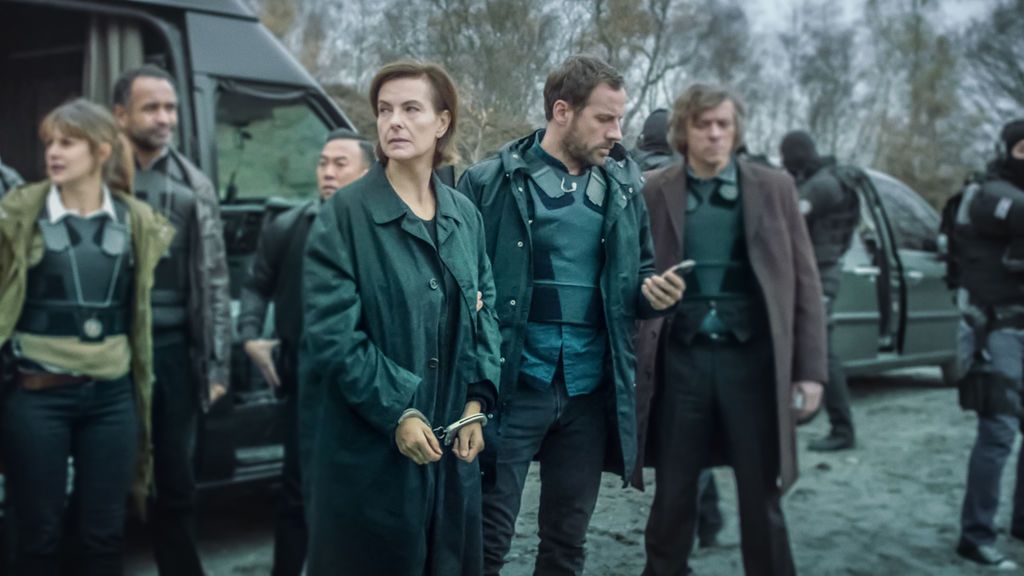

Under the leadership of Angela Corey, the state attorney there from 2009 through 2016, hundreds of children-disproportionately Black children-were charged as adults, and more people were sent to death row than in nearly any other jurisdiction in the country. Jacksonville, the murder capital of Florida, seems an unlikely place to find a more merciful response to homicide. This arrangement, brokered by Jacksonville’s newly elected state attorney, was essentially unprecedented in the history of homicide prosecutions in the United States. In return, he would be spared the death penalty and instead spend his life in prison-but only if the Lileses felt satisfied that he had told the truth. The defendant had agreed to tell Mike and his family everything about the murder and to plead guilty. Did you have an accomplice? Did Debbie try to get away? Why us? Even after a police investigation and a year of pretrial hearings, he was plagued by questions. He placed his tattered King James Bible on the conveyor belt, planning to read a passage to her murderer, perhaps from Matthew 5:39: “But I say unto you, That ye resist not evil: but whosoever shall smite thee on thy right cheek, turn to him the other also.” More than anything, Mike wanted answers. Wearing his Sunday suit, Mike could hardly keep his head up as he walked through security-the violent killing of his wife of 41 years had hobbled him physically and mentally. Your life has value, he hoped to tell him.Īfter a while, their father, Mike, joined them and their other siblings, Rachel, 43, and Rockey, 26.

Attempted suicide at age 13 because, he said, “nobody wanted him.” Gerald wanted to believe that this man was just broken, not beyond repair. Sexually abused, whipped with extension cords, placed in more than 20 different foster homes. Repeatedly abandoned as a toddler with no food for days at a time. Their brother Gerald, 34, the philosopher of the family, sat thinking about a court document he’d read that detailed the perpetrator’s childhood. Photo of Johnie Lewis Miller by Bron Moyi for The Marshall Project and The Atlantic Photos by Kathryn Harrison for The Marshall Project and The Atlantic This article was published in partnership with The Atlantic.


 0 kommentar(er)
0 kommentar(er)
